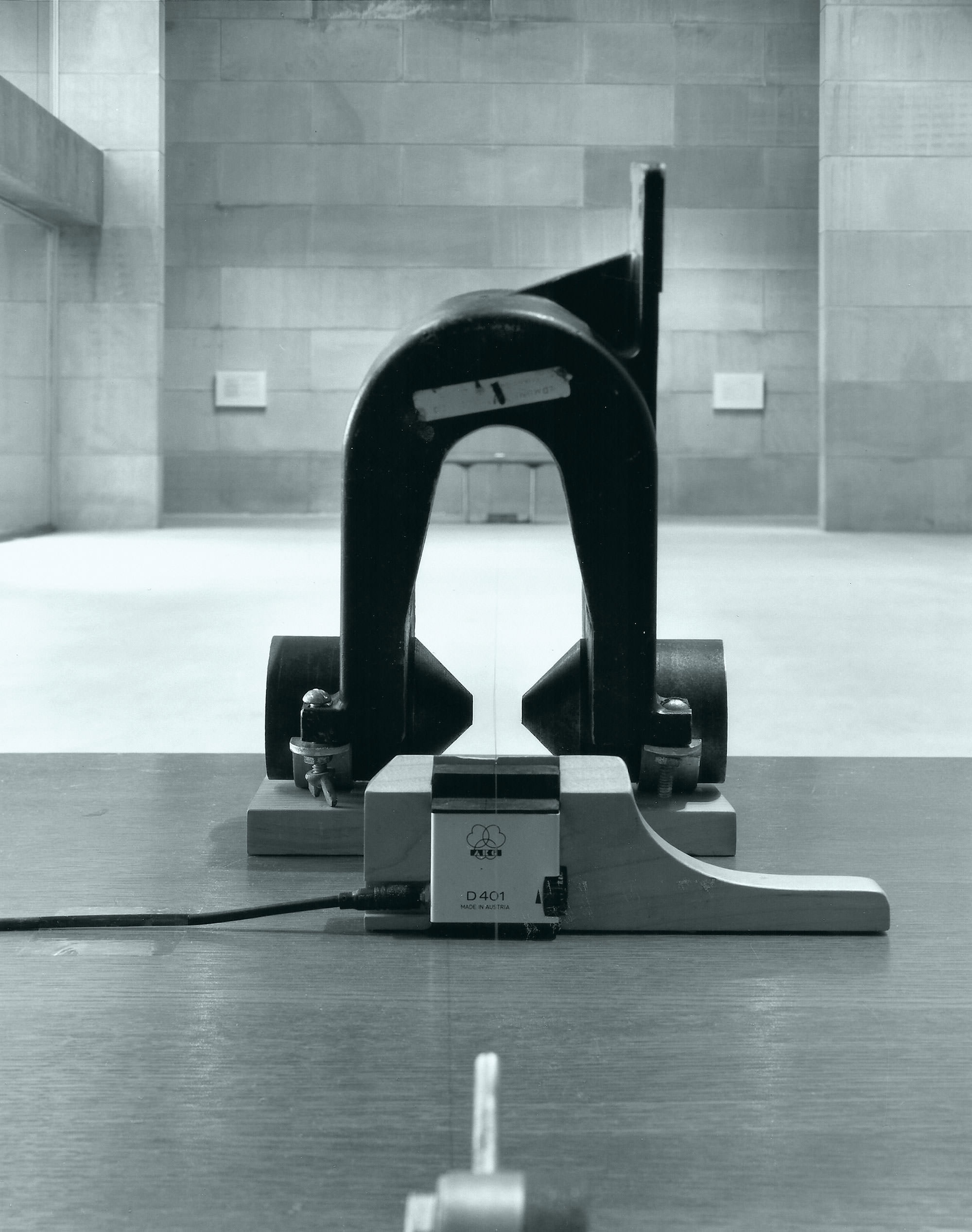I've been considering a new hardware compressor for my drum bus, and the Drawmer 1978 compressor has recently intrigued me. It's a stereo FET compression design with many extra creative features packed into a single unit rack space, and it sports the same look and feel of Drawmer's 1968 stereo compressor [Tape Op #44] that I've used many times.
The 1978 is broken up into three sections: Compression, Character, and Shaping. The compression section incorporates controls for usual suspects: Threshold, Ratio, Attack, and Release. The Character section gives you the option of changing the compression flavor, with the ability to engage four different settings individually, or all at once. These options are labeled; PGM, Smooth, Rel. Curve (release), and Ch. Link (channel link). Here is where I recommend referring to the manual to understand exactly what's happening with this compressor. For the most part, each button alters the release to smooth out heavier compression settings, which can help minimize pumping or low end distortion from fast settings. When Ch. Link is engaged, the left and right channels are partially summed before the sidechain, which Drawmer claims produces a wider image under compression. The Character section also has a variable Saturate knob that adds a combination of second and third order harmonic distortion. The Shaping section is a two-band sidechain EQ. As you raise the level of the low or high bands, the compressor becomes less sensitive to those frequencies. The low band and high bands can both be set to shelf or bell curves at six different frequencies for each band. Rounding out all these features is the mix section that includes a Wet/Dry knob for parallel compression and a Gain pot for makeup. Whew, that's a lot to think about for one compressor! Luckily, I found the options very easy to navigate. I've often used compression with a sidechained high-pass filter but have not seen anything with variable shelf or bell curves. In use, the 1978 is much more than just a stereo compressor. It's really a tone shaper in the frequency, and dynamic sense. The sidechain EQ lets some sounds through while clamping down on other parts of the frequency spectrum – kind of like a simplified, inverted, multiband compressor.
There are many creative ways the tone shaping section can be used. Recently I was working with an acoustic guitar track that was performed far too aggressively. With the 1978, you can clamp down with compression, then start letting everything below 500 Hz back up. This takes it from an unbalanced, transient heavy sound, to a more full-bodied sound with the right amount of attack. I found that dialing in the Threshold with one hand, while adjusting the Wet/Dry ratio at the same time helped in finding the right balance when compressing a signal. This idea can be applied to about any source with the 1978. You can reshape the body or bite of many sounds with the sidechain EQ. Using a low and high shelf simultaneously allows the compression to focus mostly on the midrange while using a wide bell curve at both 400 Hz and 3 kHz, will let more mids pass through if desired.
Release and Attack times can be super fast, which allows the 1978 to be a quite formidable bass guitar distorter. The fast attack combined with the saturation circuit and extended release options offer more than just one flavor of saturation. Perfect for controlling dynamics while adding grit. These tonal options really help the bass guitar find its place in a dense mix – so well I wish Drawmer would make a mono option for this purpose alone.
For a drum bus, I often reach for fast FET compression and saturation, and I usually do this processing parallel – the 1978 is a one-stop shop for all these things. You know how a fast release can make a kick and snare sound killer but make the cymbals sound all trashy? Even under super aggressive settings, I can tame the cymbals to some extent with the 1978 by using various character button combinations with the high shelf sidechain EQ. And after all that, I still have the Wet/Dry knob to dial in as much as I want. Did I mention there are also external sidechain inputs for further control? Geez.
I gotta say, the 1978 has a pretty great set of features and a price that won't break the bank!




_disp_horizontal_bw.jpg)